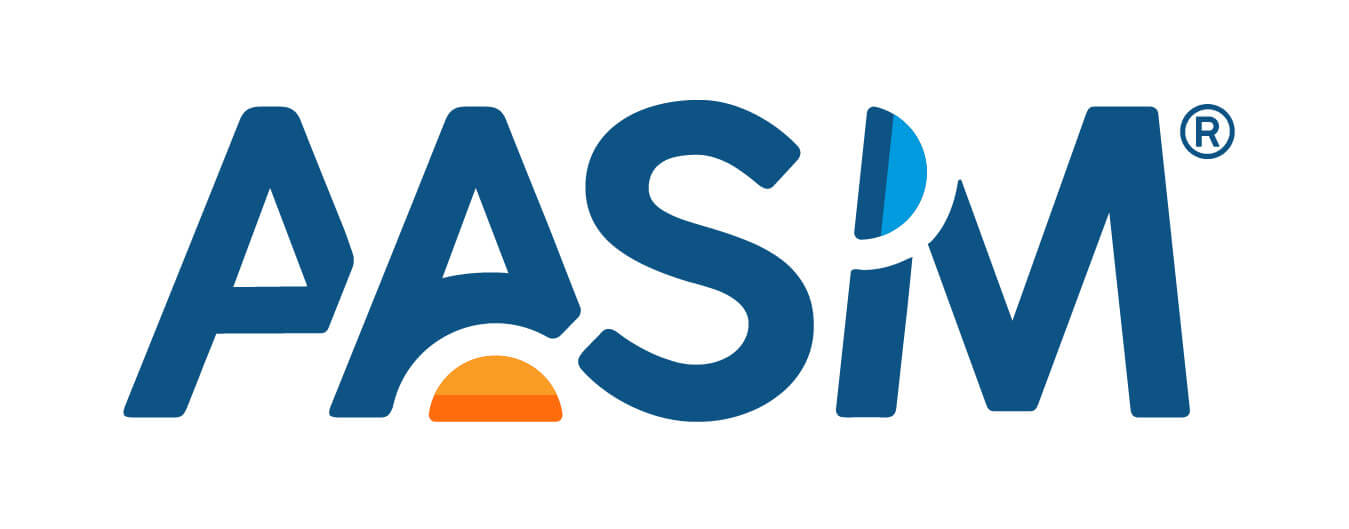On March 23, 2010, President Obama signed into law comprehensive health care reform, the Patient Protection and Affordable Care Act (ACA). The last article in this series will focus on bill’s Investments and Financing.
Investments
Medicare
- Provide a $250 rebate to Medicare beneficiaries who reach the Part D coverage gap;
- Phase down gradually the beneficiary coinsurance rate in the Medicare Part D coverage gap from 100% to 25% by 2020:
- For brand-name drugs, require pharmaceutical manufacturers to provide a 50% discount on prescriptions filled in the Medicare Part D coverage gap, in addition to federal subsidies of 25% of the brand-name drug cost by 2020 (phased in beginning in 2013)
- For generic drugs, provide federal subsidies of 75% of the generic drug cost by 2020 for prescriptions filled in the Medicare Part D coverage gap;
- Between 2014 and 2019, reduce the out-of-pocket amount that qualifies an enrollee for catastrophic coverage;
- Make Part D cost-sharing for full-benefit dual eligible beneficiaries receiving home and community based care services equal to the cost-sharing for those who receive institutional care (Effective no earlier than January 1, 2012);
- Expand Medicare coverage to individuals who have been exposed to environmental health hazards from living in an area subject to an emergency declaration made as of June 17, 2009 and have developed certain health conditions as a result;
- Provide a 10% bonus payment to primary care physicians and to general surgeons practicing in health professional shortage areas, from 2011 through 2015; and
- Provide payments totaling $400 million in fiscal years 2011 and 2012 to qualifying hospitals in counties with the lowest quartile Medicare spending; and
- Prohibit Medicare Advantage plans from imposing higher cost-sharing requirements for some Medicare covered benefits than is required under the traditional fee-for-service program.
Workforce
- Establish a multi-stakeholder Workforce Advisory Committee to develop a national workforce strategy.
- Increase the number of Graduate Medical Education (GME) training positions by redistributing currently unused slots, with priorities given to primary care and general surgery and to states with the lowest resident physician-to-population ratios; increase flexibility in laws and regulations that govern GME funding to promote training in outpatient settings; and ensure the availability of residency programs in rural and underserved areas. Establish Teaching Health Centers, defined as community-based, ambulatory patient care centers, including federally qualified health centers and other federally-funded health centers that are eligible for payments for the expenses associated with operating primary care residency programs.
- Increase workforce supply and support training of health professionals through scholarships and loans; support primary care training and capacity building; provide state grants to providers in medically underserved areas; train and recruit providers to serve in rural areas; establish a public health workforce loan repayment program; provide medical residents with training in preventive medicine and public health; promote training of a diverse workforce; and promote cultural competence training of health care professionals. Support the development of interdisciplinary mental and behavioral health training programs and establish a training program for oral health professionals.
- Address the projected shortage of nurses and retention of nurses by increasing the capacity for education, supporting training programs, providing loan repayment and retention grants, and creating a career ladder to nursing. Provide grants for up to three years to employ and provide training to family nurse practitioners who provide primary care in federally qualified health centers and nurse-managed health clinics.
- Support the development of training programs that focus on primary care models such as medical homes, team management of chronic disease, and those that integrate physical and mental health services.
Community health centers and school-based health centers
- Increase funding by $11 billion for community health centers and by $1.5 billion for National Health Service Corps over five years; establishing new programs to support school-based health centers and nurse-managed health clinics.
Trauma care
- Establish a new trauma center program to strengthen emergency department and trauma center capacity. Fund research on emergency medicine, including pediatric emergency medical research, and develop demonstration programs to design, implement, and evaluate innovative models for emergency care systems.
Public health and disaster preparedness
- Establish a commissioned Regular Corps and a Ready Reserve Corps for service in time of a national emergency.
Requirements for non-profit hospitals
- Impose additional requirements on non-profit hospitals to conduct a community needs assessment every three years and adopt an implementation strategy to meet the identified needs, adopt and widely publicize a financial assistance policy that indicates whether free or discounted care is available and how to apply for the assistance, limit charges to patients who qualify for financial assistance to the amount generally billed to insured patients, and make reasonable attempts to determine eligibility for financial assistance before undertaking extraordinary collection actions. Impose a tax of $50,000 per year for failure to meet these requirements.
Financing
The Congressional Budget Office (CBO) estimates the new health reform law will provide coverage to an additional 32 million when fully implemented in 2019 through a combination of the newly created Exchanges and the Medicaid expansion. CBO estimates the cost of the coverage components of the new law to be $938 billion over ten years. These costs are financed through a combination of savings from Medicare and Medicaid and new taxes and fees, including an excise tax on high-cost insurance, which CBO estimates will raise $32 billion over ten years. CBO also estimates that the health reform law will reduce the deficit by $124 billion over ten years.








